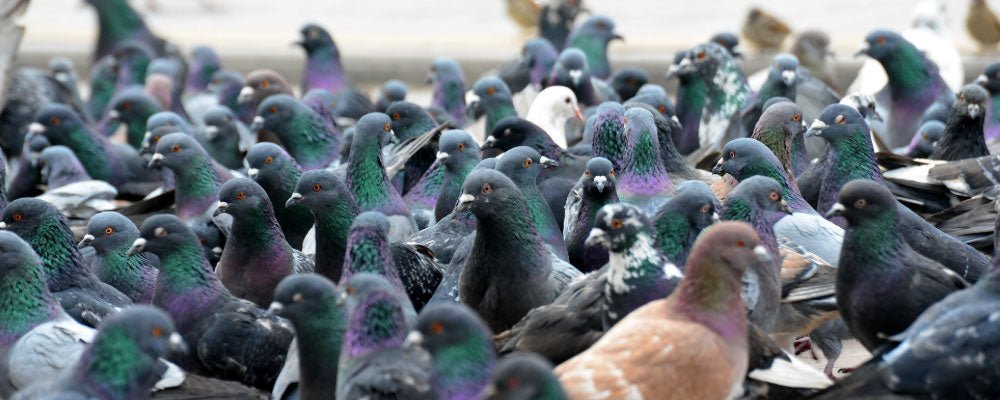
Pigeons - A Guide to Pigeon Birds
Introduced and bred for sport, pheasants are game birds, whereas pigeons and doves have adapted well to living alongside people, although their presence is sometimes unwelcome. Large flocks of feral pigeons now inhabit urban areas and their adaptability is demonstrated by their ability to breed through much of the year.
Here's our guide to Pigeons and Pheasants:
Feral Pigeon or Rock Dove (columba livia)
The most common bird in the world, originally from northern areas of Scotland and nearby islands, they are to be found across Europe, Africa and other continents.
Originally living on cliffs, they are of course well suited to urban environments. True rock doves have a localized range, favouring cliffs and ruined buildings as breeding sites. Indeed, the past, these doves were kept and bred by monastic communities, where the young doves (known as squabs) were highly valued as a source of meat.
But, some birds escaped from their dovecotes and reverted to the wild, and their offspring gave rise to today's feral pigeons, which are a common sight in gardens and streets in almost every town and city, scavenging whatever they can from our leftovers. Colour mutations have also occurred, and as well as the so-called 'blue' form there are now red and even mainly white individuals today.
Wood Pigeon (columba palumbus)
Wood pigeons are found throughout most of Europe, except for Scandinavia and Iceland, ranging eastwards into Asia. They are also one of the most common large birds seen in British gardens, though not nearly as ubiquitous as the feral pigeon. They are often observed pecking on the lawn or drinking from birdbaths. In towns, they prefer parks with stands of trees, descending into nearby gardens and allotments to raid growing crops.
These pigeons can be significant agricultural pests in arable farming areas. However, they also occasionally eat potential crop pests such as snails. Pairs sometimes nest on buildings, although they usually prefer a suitable tree fork.
Their calls are surprisingly loud and are often heard soon after dawn. Outside the breeding season these birds will often congregate in large numbers. If danger threatens, they can appear quite clumsy when taking off thanks to their relatively large size.
Common Ring-Necked Pheasant (phasianus colchicus)
Common pheasants occur naturally in Asia, but Introduced to Europe by the Romans, they have been widely bred and released for shooting, and are now commonly seen in British gardens, including in towns, especially in autumn and winter.
They are now to be found across most of western Europe, except Portugal and Spain, and in a band across central Asia to Japan, as well as introduced to the USA, Australia and New Zealand for sport.
Common pheasants usually live in groups comprised of a cock bird with several hens. They forage on the ground, flying noisily and somewhat clumsily when disturbed, and may choose to roost off the ground.

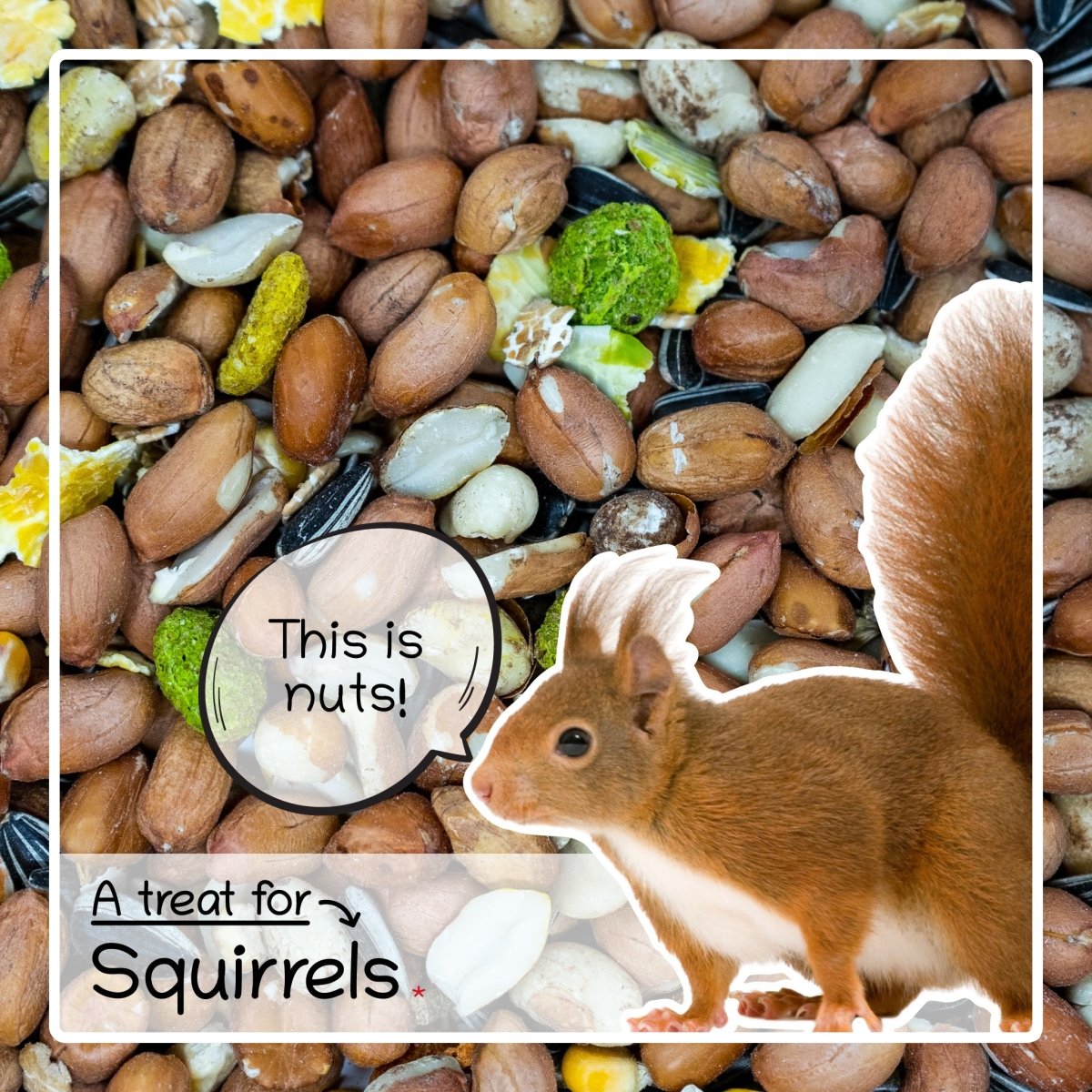
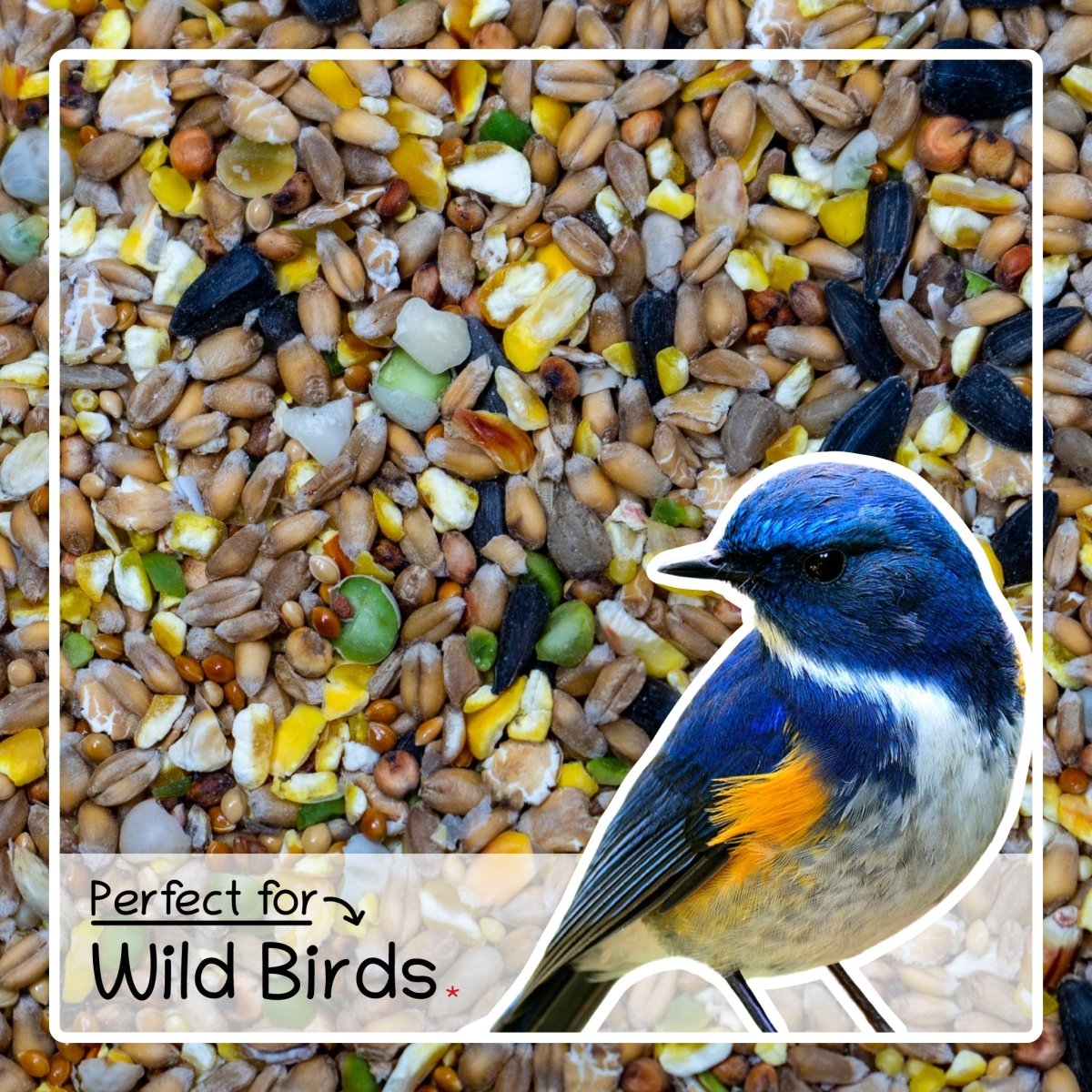


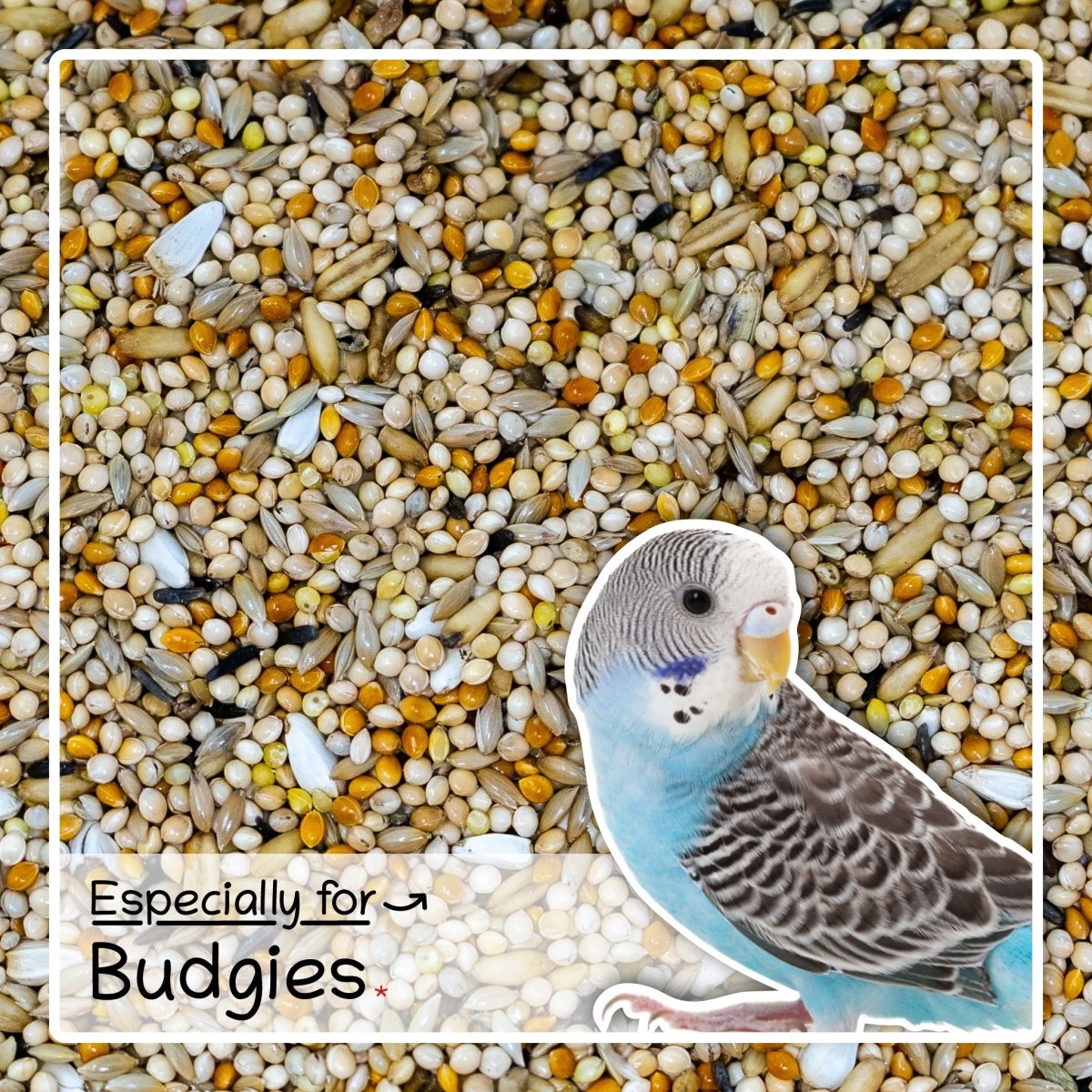
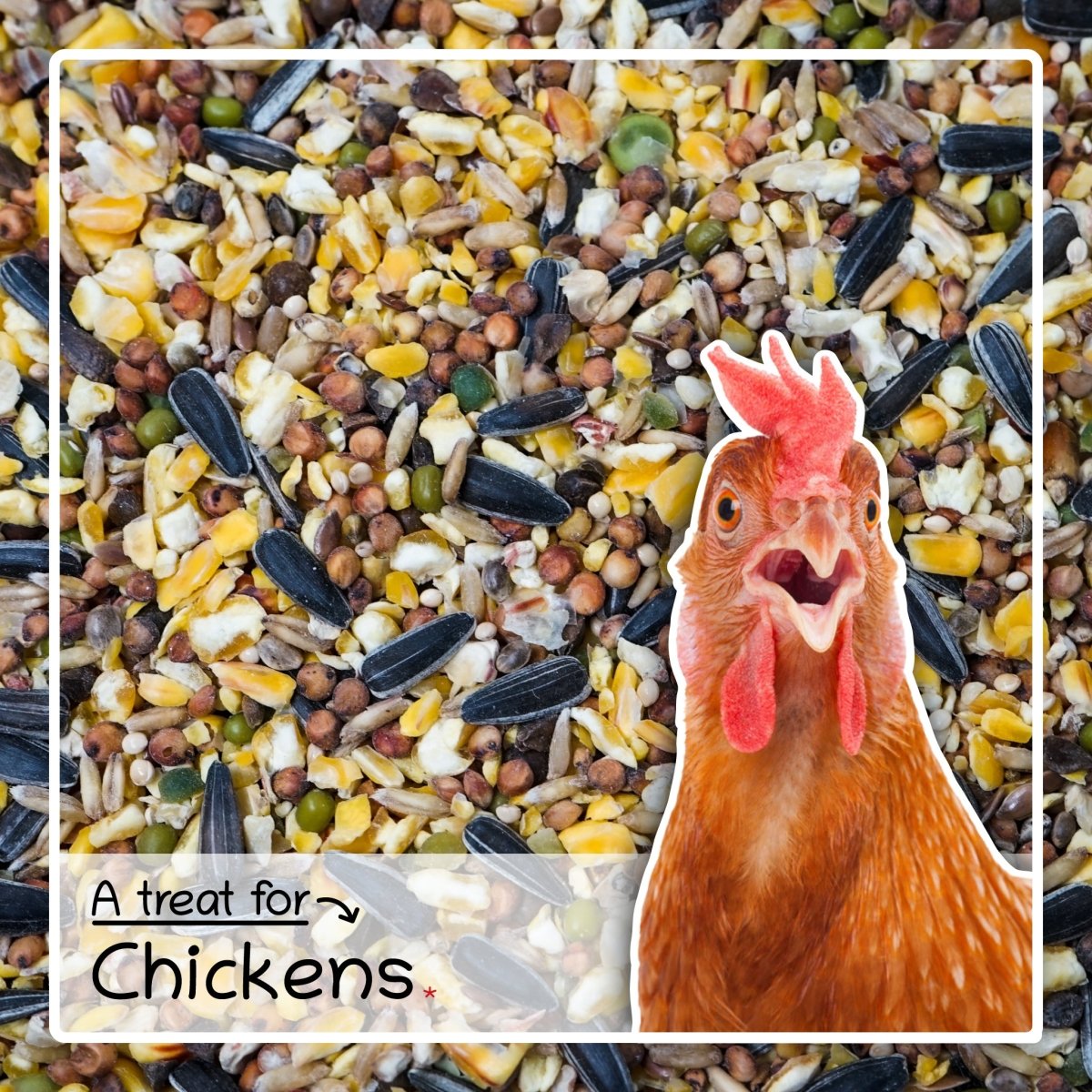
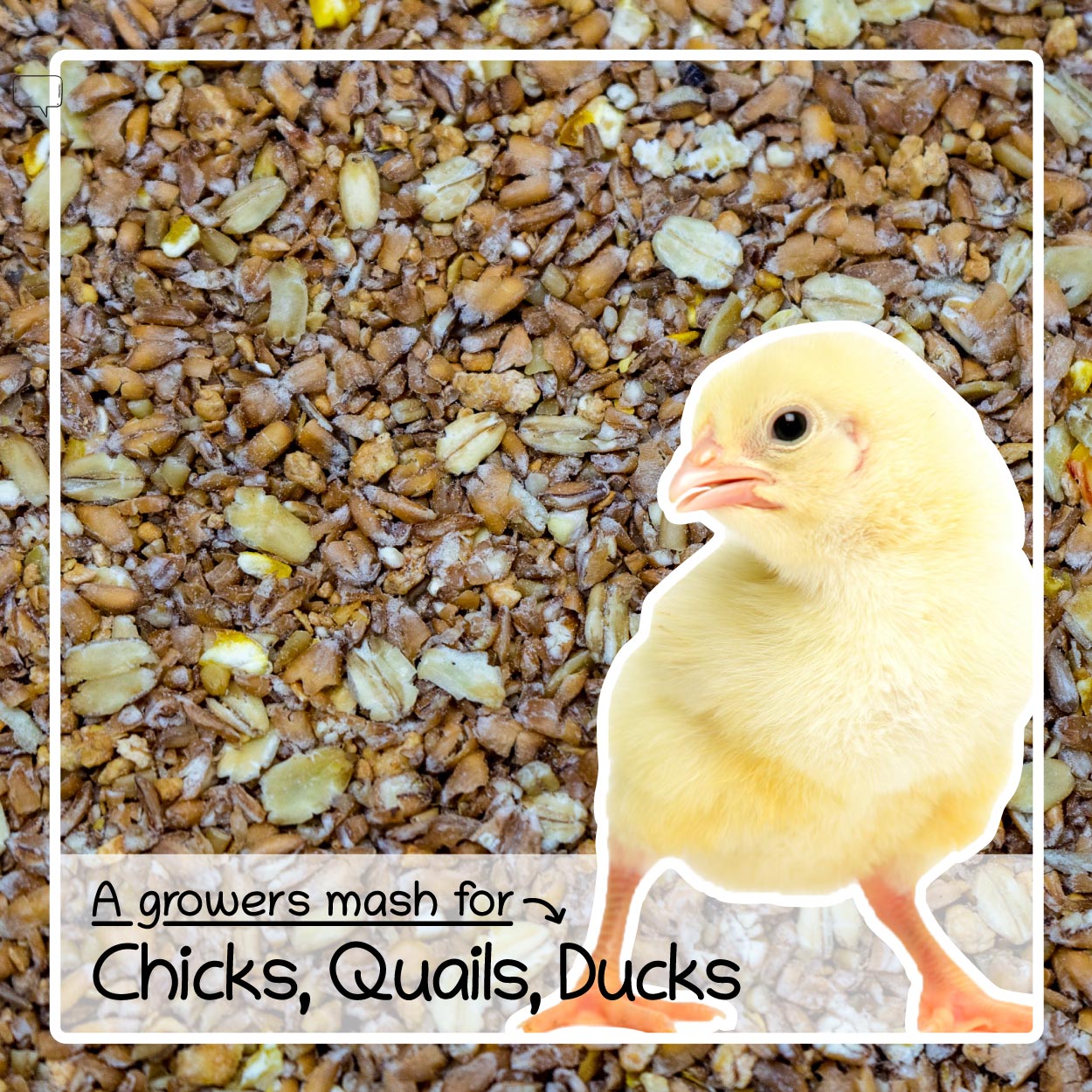
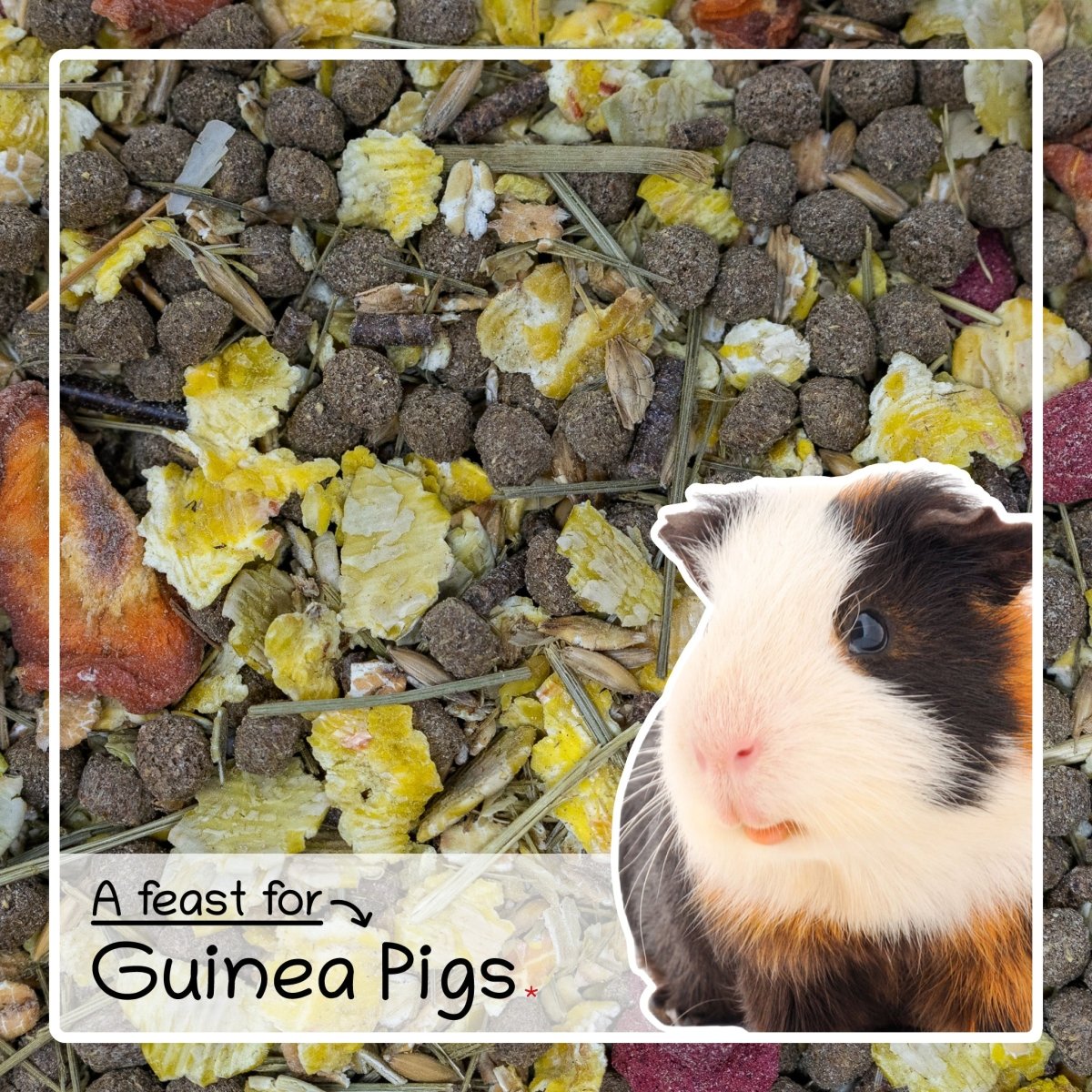

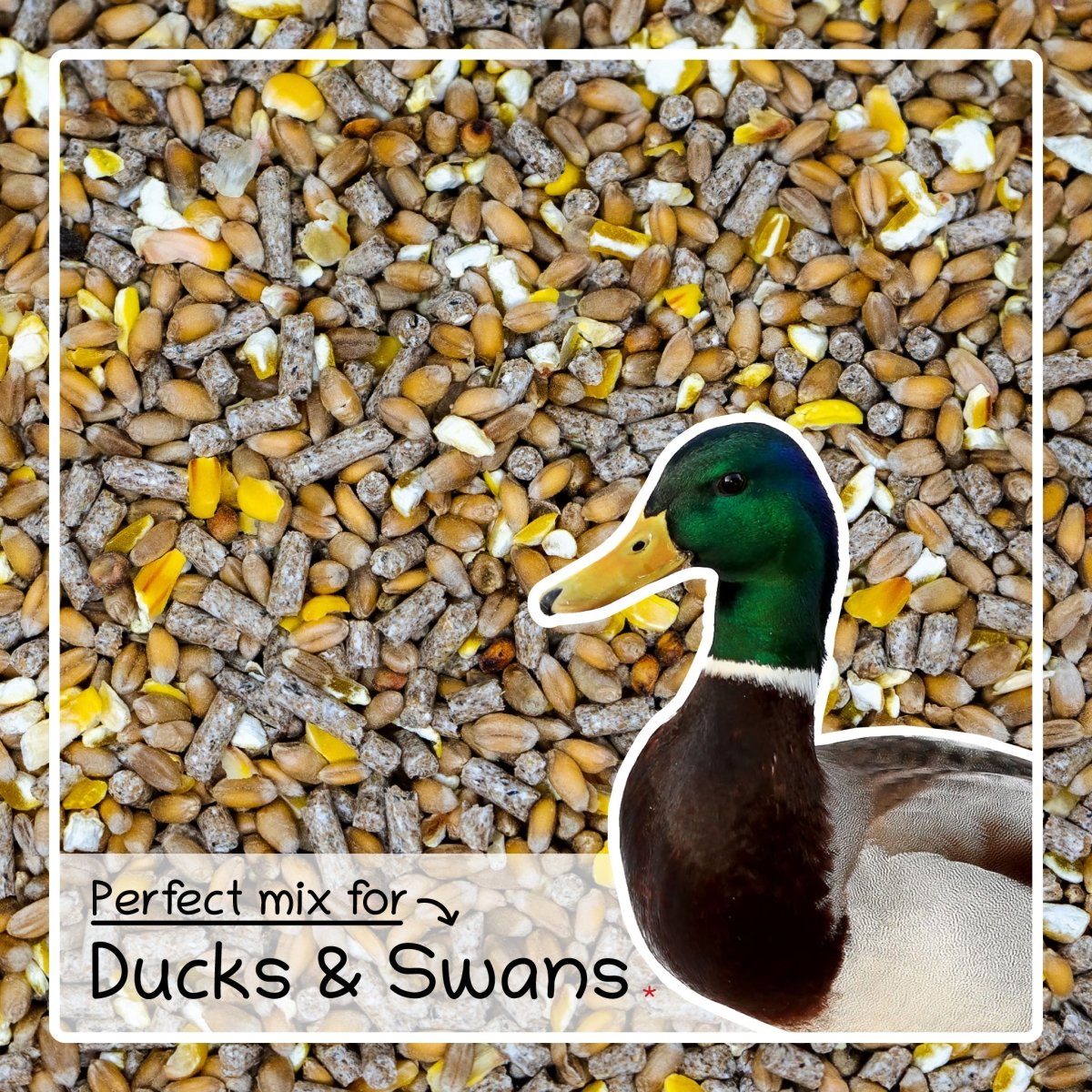
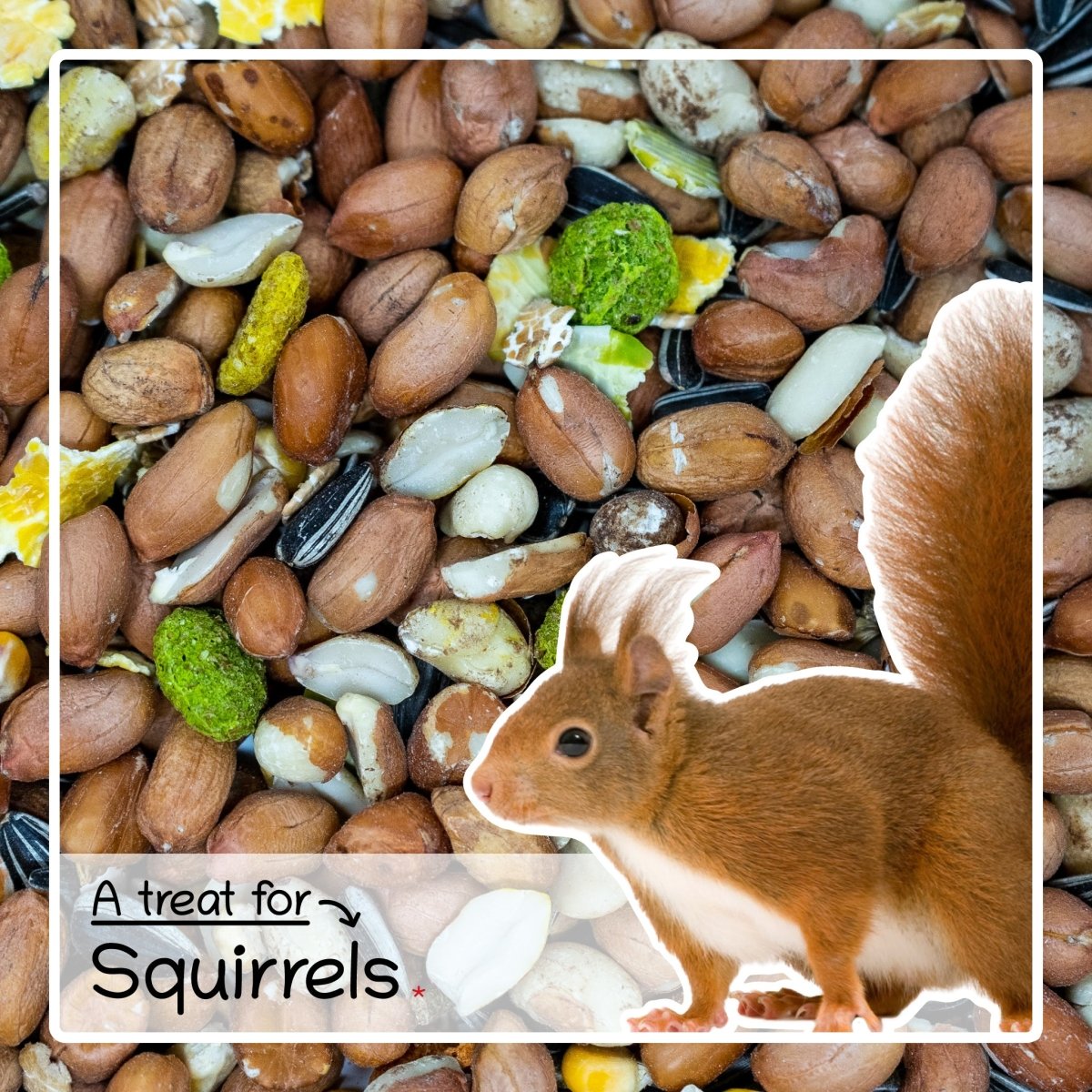


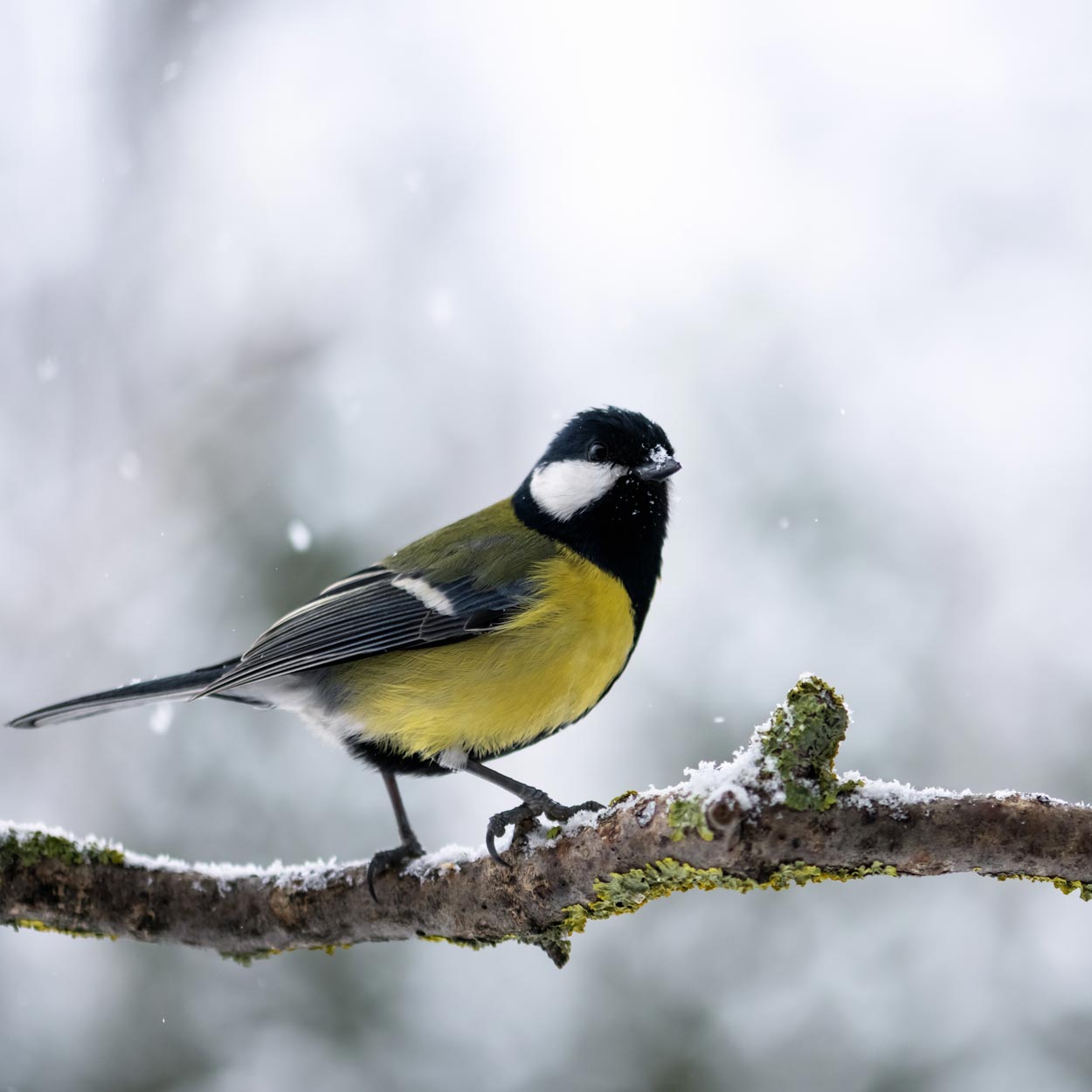

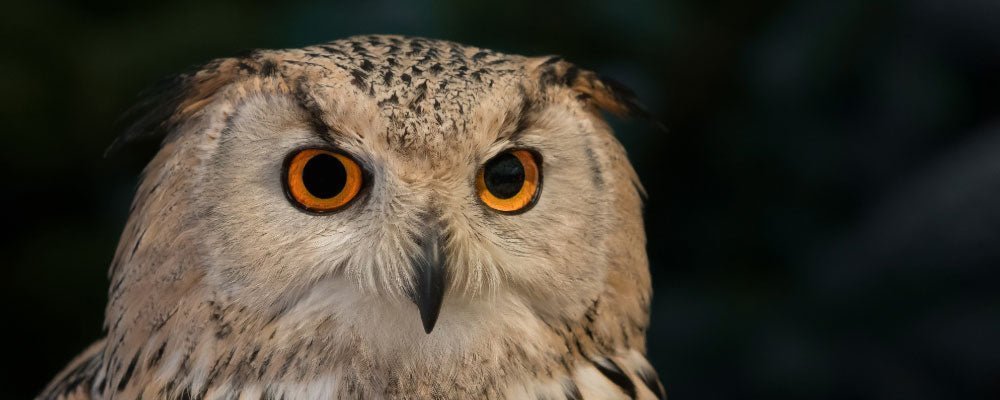
Leave a comment
This site is protected by hCaptcha and the hCaptcha Privacy Policy and Terms of Service apply.